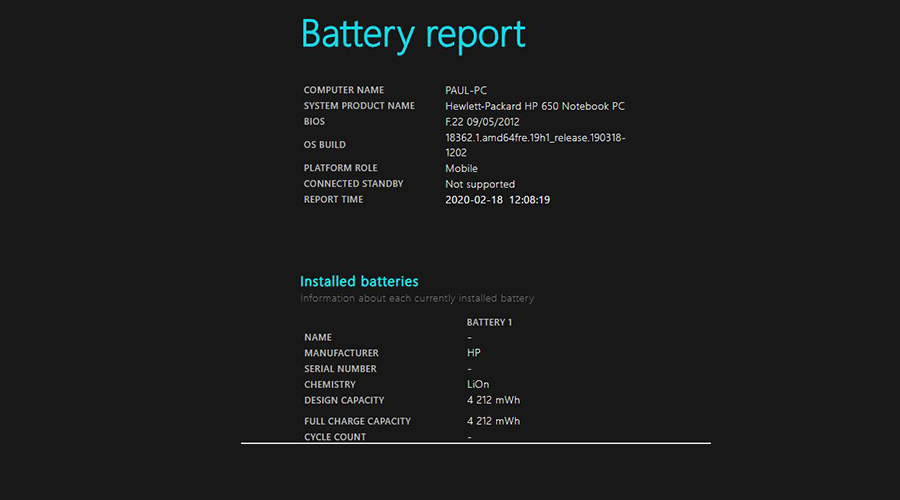
5000 hacked sites, one mistake on Facebook: the incredible fall of a famous hacker
Since 2013, VandaTheGod has been wanted for hacking into nearly 5,000 websites, including government websites, in more than 40 countries. But a simple screenshot on Facebook cost him dearly.
Another story worthy of a novel. The "detectives" at Check Point, a company of cyber security researchers, revealed details of an investigation that recently led them to identify the perpetrator of a series of computer crimes that had been going on for nearly seven years. Known under the pseudonym "VandaTheGod", this hacker is accused of having hacked into nearly 5,000 websites around the world, but also of having stolen the personal data of nearly a million people. Highly sought after, especially in the United States, the identity behind the mask of VandaTheGod finally fell last week... for a stupid mistake on Facebook.
This extraordinary case begins in 2013. A man behind a computer gives himself a foolish challenge: to manage to hack 5000 websites worldwide. He creates a pseudonym, "VandaTheGod", and begins his misdeeds. Seven years later, he has hacked 4820 sites in more than 40 countries around the world. VandaTheGod is quickly making a name for itself in the world of cybercrime. In April 2019, it boasted, among other things, that it had stolen nearly a million medical records in New Zealand. It is also known for attacking dozens of government websites in the United States, university sites and private companies. 57% of the total volume of hacked sites are based in the United States.
But VandaTheGod’s need for promotion and publicity became the attacker’s undoing. Analyzing and correlating the hacker’s social media accounts, backup accounts, email addresses, and websites, Check Point narrowed down the person’s identity to a specific Brazilian individual from the city of Uberlândia. Check Point then passed its findings along to the proper law enforcement authorities. Since then, there’s been no profile activity or updates for the VandaTheGod accounts. The Twitter account, for example, shows no updates since November 2019.
Strengthen your organization’s IT security defenses by keeping abreast of the latest cybersecurity news, solutions, and best practices.
Source: lexpansion.lexpress.fr






